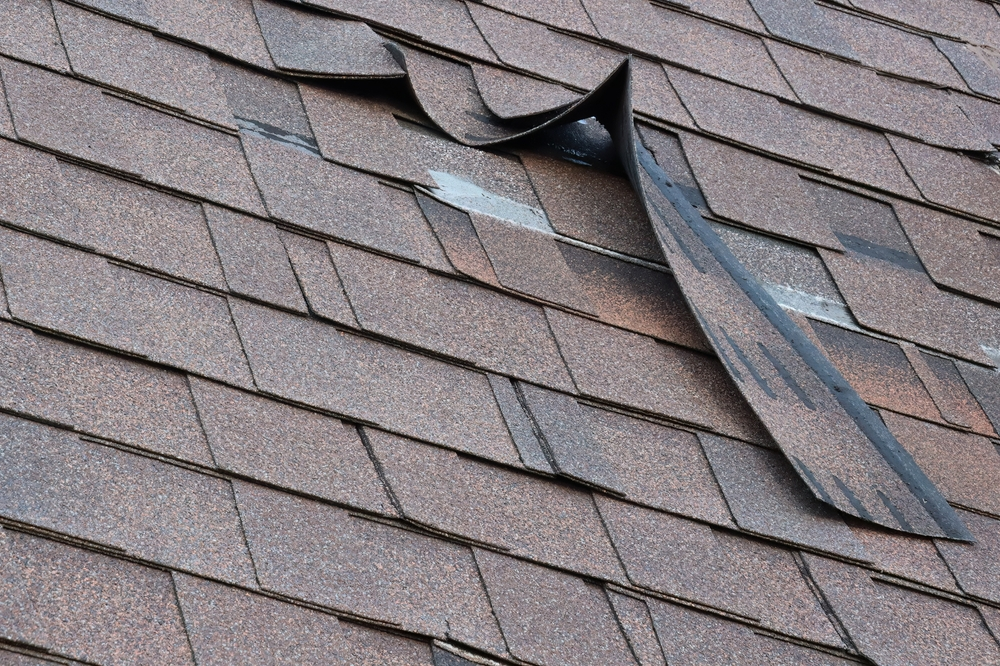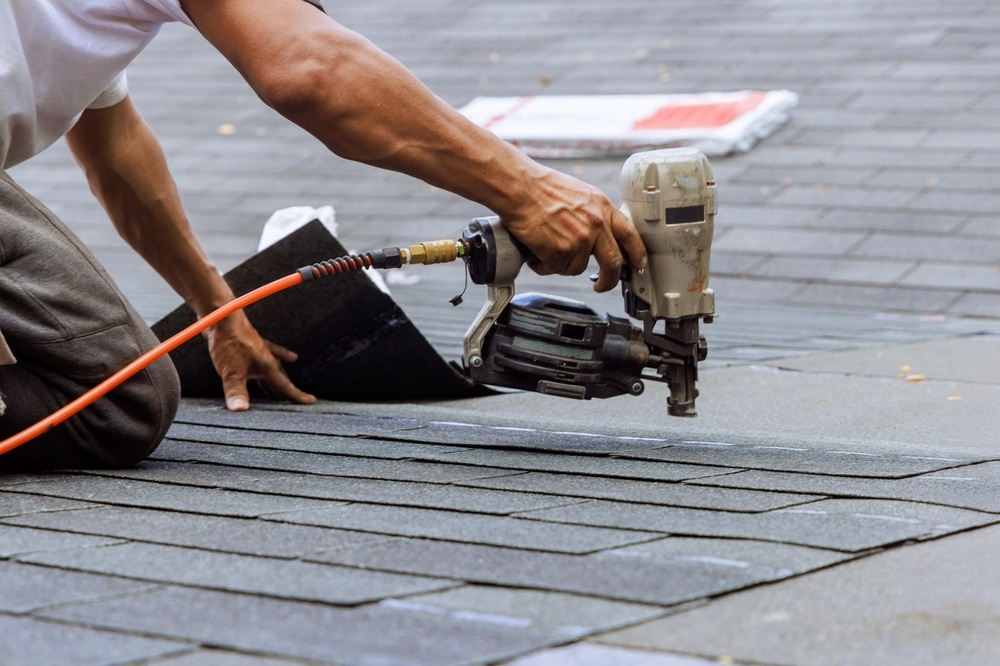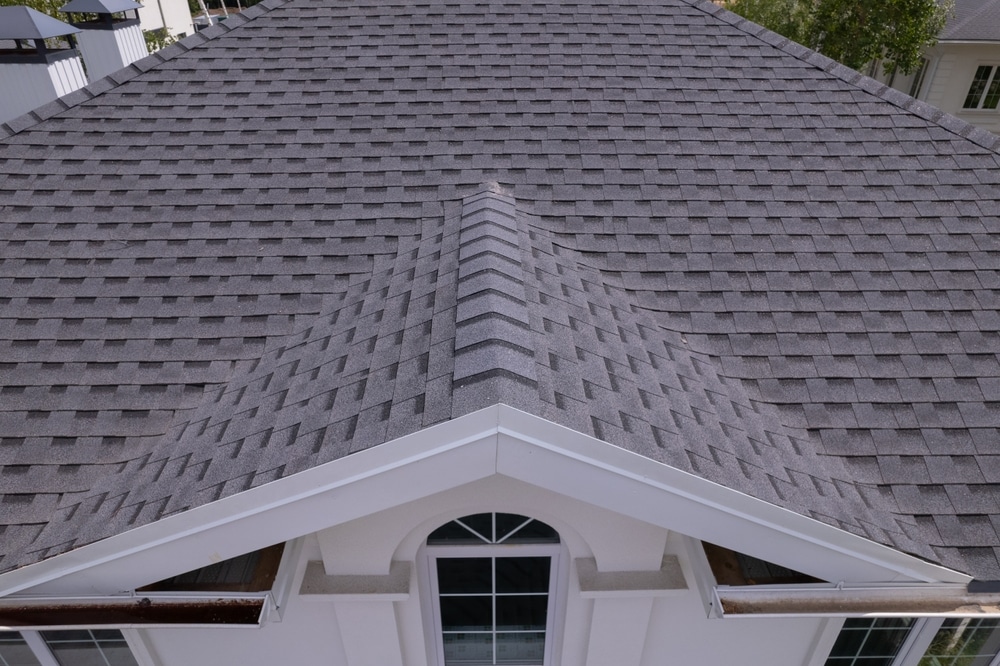Wind Damage Roof Repair: A Guide for Boston Homeowners
Wind-related roof damages are a common issue for Boston homeowners, especially given the city’s variable weather conditions. High winds can cause significant damage to your roof, leading to leaks, structural problems, and costly repairs if not addressed promptly. This guide will help you understand how to identify wind-related roof damages and provide practical steps to fix them, ensuring your home remains safe and secure.
Table of Contents
- Identifying Wind-Related Roof Damages
- Steps to Fix Wind-Related Roof Damages
- Preventive Measures
- When to Call a Professional
- Expert Solutions for Wind-Damaged Roofs

Identifying Wind-Related Roof Damages
Before diving into repairs, it’s crucial to recognize the signs of wind-related roof damage:
Missing or Loose Shingles: High winds can easily lift and remove shingles, leaving your roof exposed to the elements. Missing shingles are a clear indicator of wind damage, and this can lead to more serious issues if not addressed promptly.
Cracked or Curled Shingles: Wind can cause shingles to crack or curl, reducing their effectiveness in protecting your home from water infiltration. Cracked shingles can allow water to seep through, causing leaks and water damage inside your home.
Damaged Flashing: Flashing around chimneys, vents, and skylights can become loose or damaged, leading to potential leaks. Proper flashing is essential to direct water away from critical areas of your roof.
Gutter Damage: Strong winds can dislodge gutters, causing water to flow improperly and potentially damage your home’s foundation. Damaged gutters can also lead to water pooling around your home, which can cause basement flooding and foundation issues.
Debris on the Roof: After a storm, check for branches, leaves, and other debris that may have caused damage during high winds. Debris can puncture your roof or create weak spots that can be exacerbated by future weather events.

Steps to Fix Wind-Related Roof Damages
Safety First: Before inspecting or repairing your roof, ensure it’s safe to do so. Use proper safety equipment, such as a sturdy ladder, non-slip shoes, and a safety harness if needed. Always work with a partner for added safety, and never attempt to inspect or repair your roof during bad weather.
Inspection: Conduct a thorough inspection of your roof, both from the ground and, if safe, from a ladder. Look for missing, cracked, or curled shingles, damaged flashing, and any debris that may have caused damage. Pay special attention to areas around chimneys, vents, and skylights, as these are common spots for wind-related damage.
Remove Debris: Carefully remove any debris from your roof to prevent further damage. Be cautious not to cause additional harm while doing so. Use a soft broom or a leaf blower to clear leaves and small branches. For larger debris, you may need to use your hands or enlist help to safely remove it.
Replace Missing Shingles: If you find missing shingles, replace them as soon as possible. Align the new shingle with the existing ones, nail it down securely, and apply roofing cement to seal it. Make sure the replacement shingles match the existing ones in color and style to maintain the aesthetic of your roof.
Repair Cracked or Curled Shingles: For minor cracks, use roofing sealant to prevent water from seeping in. If shingles are curled, apply roofing cement under the edges and press them down firmly. Secure the edges with roofing nails if necessary. For more extensive damage, consider replacing the affected shingles.
Fix Damaged Flashing: If the flashing around chimneys, vents, or skylights is loose or damaged, replace it with new flashing to ensure a watertight seal. Use roofing nails and sealant to secure the flashing in place. Properly installed flashing will direct water away from these vulnerable areas, preventing leaks.
Secure Gutters: Check your gutters for any damage and reattach them securely. Ensure they are clear of debris to allow proper water flow. Clean gutters regularly to prevent blockages that can cause water to overflow and damage your roof and foundation.
Inspect the Attic: After repairing your roof, inspect your attic for any signs of water damage or leaks. Address any issues promptly to prevent further damage. Look for water stains, mold, or mildew on the ceiling and walls of your attic. Proper attic ventilation can also help prevent moisture buildup and extend the life of your roof.

Preventive Measures
To minimize future wind-related damage, consider these preventive measures:
Install Wind-Resistant Shingles: Choose shingles rated for high wind resistance. These shingles are designed to withstand strong winds and provide better protection for your roof.
Reinforce Roof Structures: Strengthen the roof’s structure to withstand high winds. This can include adding additional bracing, securing roof trusses, and ensuring all roofing materials are properly fastened.
Trim Overhanging Trees: Regularly trim trees near your home to prevent branches from causing damage during storms. Falling branches can puncture your roof and create openings for water to enter.
Additional Preventive Tips:
Regular Inspections: Schedule regular roof inspections, especially after severe weather events. Catching small issues early can prevent them from becoming major problems.
Proper Ventilation: Ensure your roof has proper ventilation to prevent heat and moisture buildup, which can weaken roofing materials and make them more susceptible to wind damage.
Professional Maintenance: Hire a professional roofing contractor to perform routine maintenance and address any issues promptly. Professionals have the expertise to identify and fix problems that might be missed by the average homeowner.
When to Call a Professional
While some minor repairs can be handled by homeowners, certain situations require professional expertise:
Extensive Damage: If your roof has extensive damage, such as large sections of missing shingles or significant structural issues, it’s best to call a professional roofer. Attempting to repair extensive damage on your own can be dangerous and may not result in a long-lasting fix.
Safety Concerns: If you’re uncomfortable or unsure about performing repairs, hiring a professional ensures the job is done safely and correctly. Roofing professionals have the necessary safety equipment and experience to handle repairs efficiently.
Insurance Claims: For major repairs, you may need to file an insurance claim. A professional roofer can provide documentation and assist with the claims process. They can also work with your insurance company to ensure you receive the coverage you’re entitled to.
Benefits of Hiring a Professional:
Expertise and Experience: Professional roofers have the knowledge and experience to identify and fix a wide range of roofing issues. They can provide high-quality repairs that will last longer than DIY fixes.
Quality Materials: Professionals have access to high-quality roofing materials that may not be available to the average homeowner. Using the best materials ensures your roof will withstand future weather events.
Time and Cost Savings: Hiring a professional can save you time and money in the long run. They can complete repairs quickly and efficiently, reducing the risk of further damage and costly repairs down the line.

Expert Solutions for Wind-Damaged Roofs
Wind-related roof damages are a common issue for Boston homeowners, but with prompt action and proper repairs, you can protect your home from further damage. Regular inspections and maintenance, along with professional assistance when needed, will ensure your roof remains in good condition, safeguarding your home against the elements. For expert roofing services in Boston, contact CAN Roof Construction for reliable and efficient solutions tailored to your needs.
By staying vigilant and addressing wind-related roof damages promptly, you can maintain the integrity of your home and avoid costly repairs in the future. Regular maintenance and timely repairs are key to extending the lifespan of your roof and keeping your home safe and secure. Don’t wait for small issues to become big problems; take action today and ensure your roof is ready to withstand whatever Mother Nature throws its way.